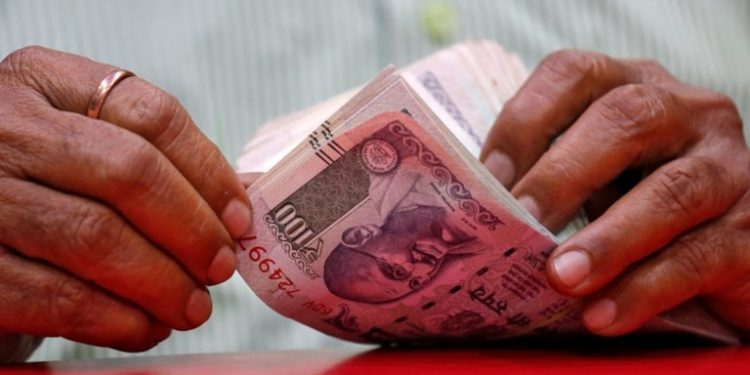Mumbai: Impact of the US-China trade war along with domestic political factors led the Indian rupee to its biggest fall since September 2013 Monday. Global cues, such as a rise in protectionist measures along with a massive fall in the Chinese Yuan and other emerging markets (EMs) currencies, dented the Indian rupee.
Additionally, the abrogation of Article 370 which provided special status to Jammu and Kashmir, spooked foreign investors, further impacting the rupee. The Indian rupee weakened to 70.7350 per US dollar from its previous close of 69.6013.
The currency had opened at 70.06 to a greenback. It ranged, thereafter, between 70.06-70.7350 to a dollar.
“The rupee suffered one of its biggest falls today on the back of the heightened trade tensions between the US and China which led the Chinese yuan to depreciate to 7 per USD,” Anindya Banerjee, senior currency analyst at Kotak Securities, told IANS.
“Apart from trade war, the abrogation of Article 370 and consequent domestic political tensions too weighed heavy on the rupee; as FIIs sold over Rs 2,000 cr in the equity segment.”
Besides, market observers cited an apparent intervention from the central bank to defend the currency. The Reserve Bank of India (RBI) is known to intervene in the markets via intermediaries to buy or sell US dollars to keep the rupee in a stable orbit.
According to Sajal Gupta, Head Forex and Rates, Edelweiss Securities: “The rupee depreciated in tandem with other Asian currencies. CNY depreciated to an 11-year low, the rupee too followed the same path and depreciated almost 1.7 per cent in a single day — biggest fall — since September 2013.”







































